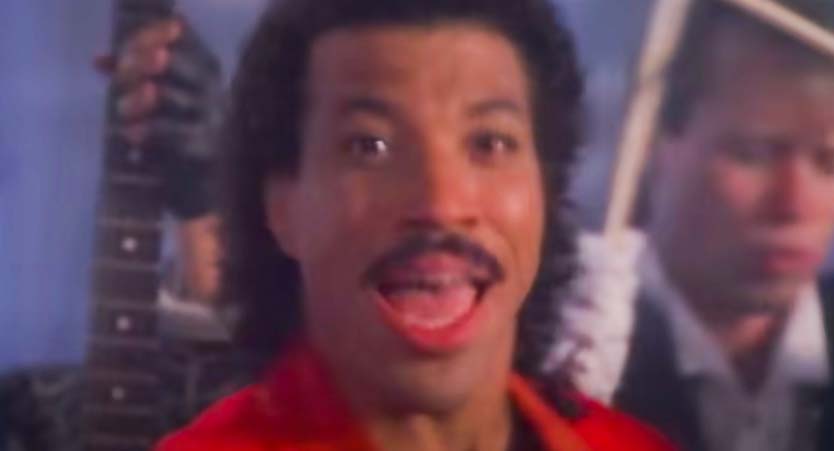Released in July 1986 with “Love Will Find a Way” o the B-side, “Dancing on the Ceiling” is one of Lionel Richie’s most exuberant and high-energy tracks—a stark contrast to the smooth ballads and romantic slow jams that had largely defined his solo career up to that point. With its infectious rhythm, celebratory lyrics, and a famously fun music video, the song became a major hit and a quintessential feel-good anthem of the 1980s.
Following the enormous success of his 1983 album Can’t Slow Down, Richie returned with Dancing on the Ceiling as both the title track and lead single from his third solo album. Co-written by Richie, Mike Frenchik, and Carlos Rios, and produced by Richie and James Anthony Carmichael, the song was crafted to uplift—to create a sense of carefree fun and escape from the pressures of everyday life.
Musically, the song is driven by an upbeat synth-pop groove, layered with slick horns, electric guitar riffs, and a fast, danceable tempo. The production is polished and unmistakably 1980s in style, full of vibrant energy and optimism. Richie’s vocal delivery is light and playful, perfectly matching the song’s lyrics, which imagine a world turned upside down with joy and excitement. The lyrics are simple but effective, expressing a kind of spontaneous celebration, as if the party has become so wild and joyous that gravity itself no longer applies. It’s a song designed to make you smile, dance, and forget your troubles for a while.
The music video, directed by Stanley Donen (of Singin’ in the Rain fame) and Michael Peters, was a standout at the time. Featuring Richie and dancers literally dancing on walls and ceilings, it used rotating set technology similar to what was seen in Fred Astaire’s classic Royal Wedding. The video was a hit on MTV and helped make the song one of Richie’s most recognizable and visually iconic moments.
“Dancing on the Ceiling” reached the Top 10 on the Billboard Hot 100, peaking at No. 2, and was a global success as well, charting high in the UK, Canada, Australia, and several other countries. While critics were mixed about its over-the-top style compared to Richie’s more emotionally deep work, fans embraced it as a joyous departure and a summer dance-floor staple.

